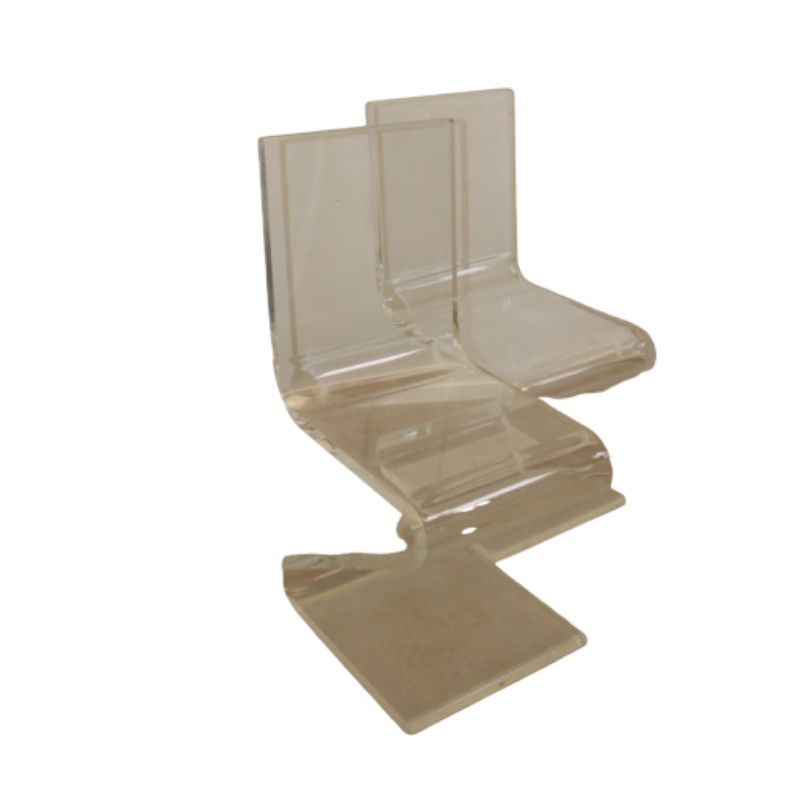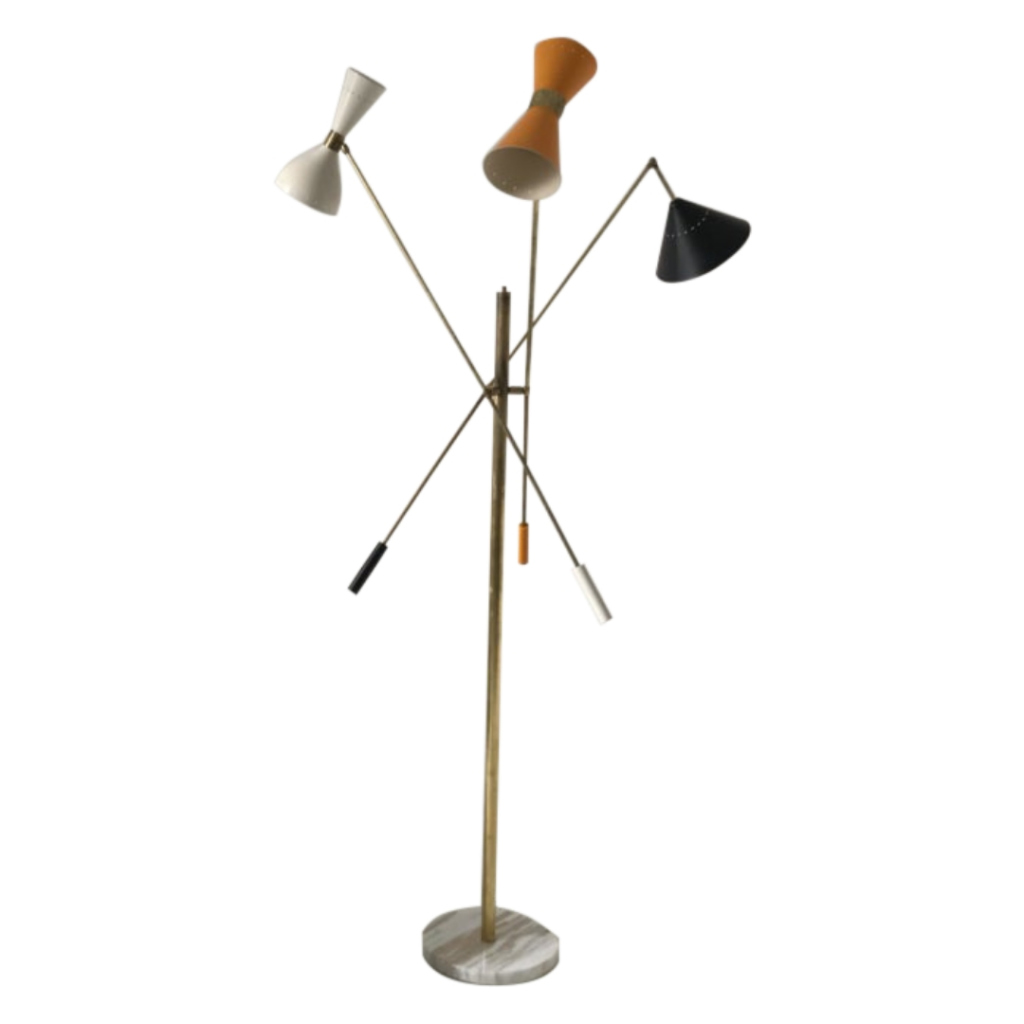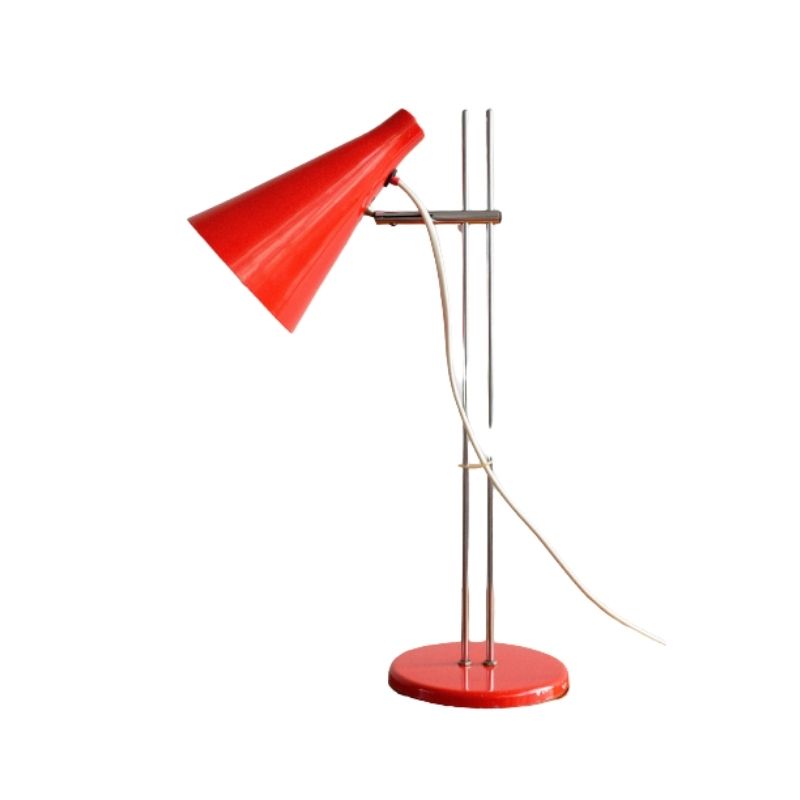Hi all,
I'm wondering if it's possible to remove the armrests from a Peter Hvidt AX chair. Everything else on the chair was meant to be taken apart, but the armrests seem pretty well attached. Are there tricks for dealing with the glue? How about delicate joints (these chairs don't have much 'meat')?
Any guidance would be great!

Not knowing what the
connection is between the arm and the frame -- a spline, perhaps -- but assuming it's all wood (no metal), I'd consider sawing the arm off at the two joins using a Japanese pull saw, as it cuts clean and makes the narrowest kerf of any cutting tool. The down-side there is that the teeth of the saw have no set, so there's no wiggle room to re-aim the cut if it starts wandering. Starting the cut on a true line is essential. A guide could be made and clamped to the chair, sort of like a portable miter box, which would control the position of the cut.
So, why do you want to remove the arm ? A bit of material will be sacrificed in any event, so you have to decide if the arm is to be saved and reused, or not. If not, a cut well free of the chair frame, and a subsequent dressing-off of the waste, would be the approach. But the chair will never look like one made without the arm, as the pegs or spline will be revealed. Even a carefully-made patch will be evident, as the long grain of the frame will be interrupted by the inserted patch.
Unless there are screws per...
Unless there are screws per tktoo's suggestion, I think it would be pegged and glued on (could be a spline too, but the Danes liked pegs a lot).
The glue would almost certainly have been a "modern" PVA, instead of e.g. hide glue. So, in that case, I second SDR's suggestion to get a narrow kerf Japanese style handsaw and carefully cut the arm off along the seam. If you haven't used one of them before, draw lines around a piece of lumber and try doing a few practice cuts until you feel confident you can cut it off nicely. Or rig up a jig like SDR suggested, but try it on scrap first.
And if it is pegs, there is a trick to removing them: select a drill bit slightly smaller than the peg, drill the center of the peg, and then use an awl, nail, etc to break the remainder of the peg into the hollow center. Then you can clean the hole with a drill bit of the proper size to remove stray wood and old glue. (If you try to use a peg-sized bit for the initial drill out, you will almost invariably get the angle wrong, or stray into the wood, and end up with messy, loose peg holes).
May we ask why you need to remove the arm? I am curious. And if you are thinking about, for example, repairing delamination, since it is bent ply, it will be quite difficult or impossible to repair.
Hide glue or PVA, the approach is the same.
Heat and moisture. I've seen pros drill holes into joints large enough to fit a needle used for inflating sports balls to inject steam. As Leif alluded, if it's a solid PVA joint, trying to loosen it may be more trouble than it's worth.
And I'm not sure that these chairs were "meant to be taken apart".
Thanks
Thanks for all your advice. Sounds like a tricky venture beyond my skill set.
Basically, I'd like to make one really nice chair out of two OK chairs (the photo is not mine).
There is a bit of a crack at the joint already. Perhaps there is a way of softening the glue so that I could knock the arm off with a mallet?
EDIT: just saw the comment above
PVA glue doesn't soften. Or...
PVA glue doesn't soften. Or at least I've never heard of a method that is sufficiently glue-preferential as to soften the glue and not do the "same" to the wood. (Even speaking hypothetically, you would need to consider that the wood isn't solid; it is a glue lam, so you'd need not to delaminate the whole thing).
I think a photo of the actual chairs in question would be helpful at this point.
Leif, PVA will indeed soften.
Yellow woodworking glues from that time have additional resins that do polymerize. A furniture conservator would never use it. But heat, moisture, time, and, sometimes, the use of solvents will usually work eventually. And, yes, the surrounding wood gets soaked and often the finish is also ruined. It's a last-ditch effort to avoid amputation after all.
I have no experience with the newer "water resistant" types.
Tktoo: yes you are right. Elm...
Tktoo: yes you are right. Elmer's glue and such "white" glue is PVA glue and it will dissolve quite readily in water. I built a wooden boat when I was maybe 5 (it was nice to have a wood shop and a hacksaw, even if it was slow cutting), and I assembled the pieces with Elmer's glue. And it left a white trail of glue when I pushed it around the pond. Learned my lesson.
Anyway, it is not my experience that any of the yellow carpenter's glue readily dissolve in any substance I've put on them, especially not the water-proof varieties. Some water resistant ones do eventually dissolve in water, but you would destroy the wood with that much soaking. And I am reasonably certain one of these sorts of glue is what the Danes used for these types of joints.
Tktoo: Which solvent are you thinking of that might eat this glue and not thoroughly destroy the wood? (I don't think water on water-resistant PVA count, as that much time in water will do all sort of bad things to wood, especially plywood).
Denatured alcohol.
Methanol, methylated spirits, whatever you call it is what was recommended to me by an experienced furniture restorer.
And to confuse the issue further, there are two PVAs. Polyvinyl alcohol and polyvinyl acetate. The latter being the base for yellow carpenter's wood glue.
Soaking hardwoods shouldn't in itself cause structural damage. Old-growth lumber from salvaged sunken logs, some submerged for a hundred years or more, brings top dollar.
If you need any help, please contact us at – info@designaddict.com









